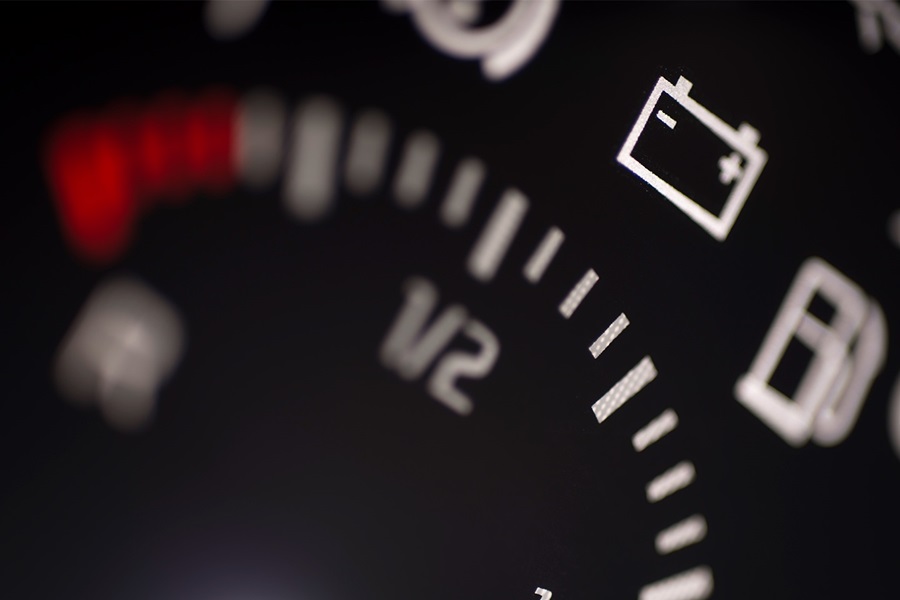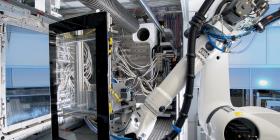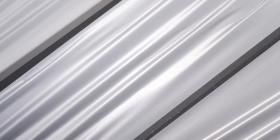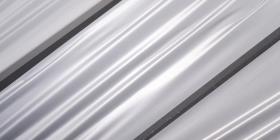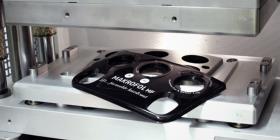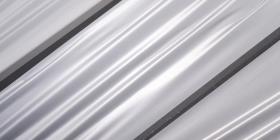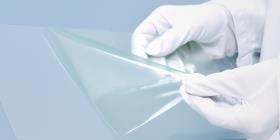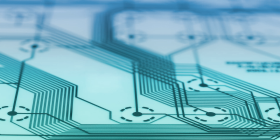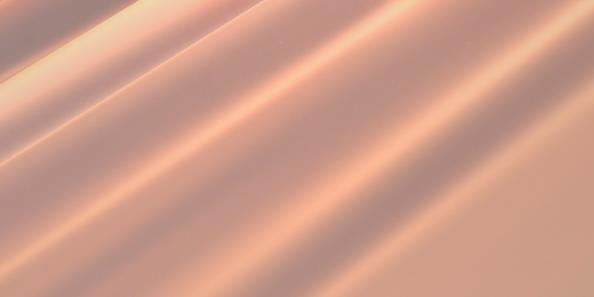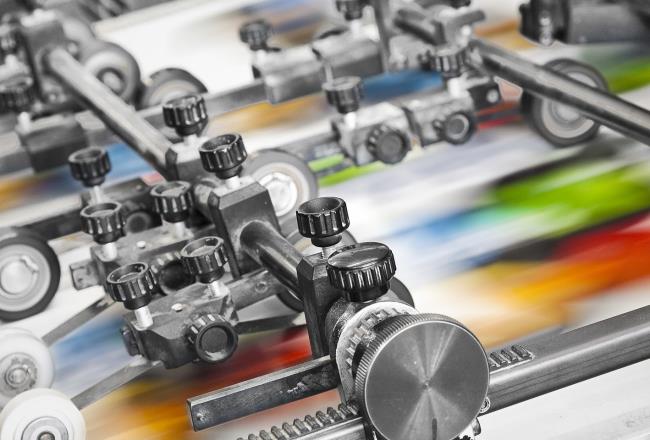
Processing technology
Printing techniques: Deciding between screen, offset and digital printing
Our polycarbonate films Makrofol® and Bayfol® and technical films can be decorated using various types of printing, including screen printing, offset printing, and digital printing with electrography or inkjet. Your preferred approach varies according to your print run size, component geometry, print quality requirements, and preferred film type.
Different printing technologies offer different advantages: Screen printing is the method used most frequently for our films and involves printing directly onto the medium. It produces durable, long-lasting images with high opacity and color density, which is ideal for applications where printed films are backlit, such as automotive dash components or electrical device keypads; Offset printing is well-suited to high-speed, high-volume and relatively low-cost processes such as creating the intricate line designs on ID cards that help prevent forgery; And finally, there is digital printing, which allows total flexibility in terms of speed and volume because no press setup is required and the technology can be used for on-demand runs of one and up.
Screen printing: For vivid, durable color for backlit parts and other applications
Screen printing is the method used most frequently for our films. Screen printing results in printed images with high opacity and color density. This is important for applications based on transmitted light in which the printed films are backlit, including automotive components with daytime and nighttime displays, such as dials or keypads for digital devices.
Offset printing: Efficient high-volume output
On account of the high print speeds, the offset method is most suitable for the efficient production of high print volumes with Makrofol® film. Its high resolution is used in the production of ID cards made from films to apply very intricate line designs, known as guilloche patterns, which prevent reprinting and forgery.
Digital printing: Well-suited to small, individualized runs
Digital printing makes it possible to produce color prints without first having to make a printing form or plate. Instead, the digitized print data is sent directly to a digital press. This method allows rapid printing on demand, right down to a run of one. The two primary digital printing methods are inkjet and electrophotography. Digitized data are mainly printed using the electrophotographic method, which works in a similar way to color laser copying. Another method for printing digitized data that has developed considerably in recent years is inkjet printing, which uses high-precision microscopic nozzles to shoot ink onto the print surface. Importantly, when using films such as Makrofol® or Platilon®, inks must be selected that thoroughly wet the film surface and adhere strongly to it.
